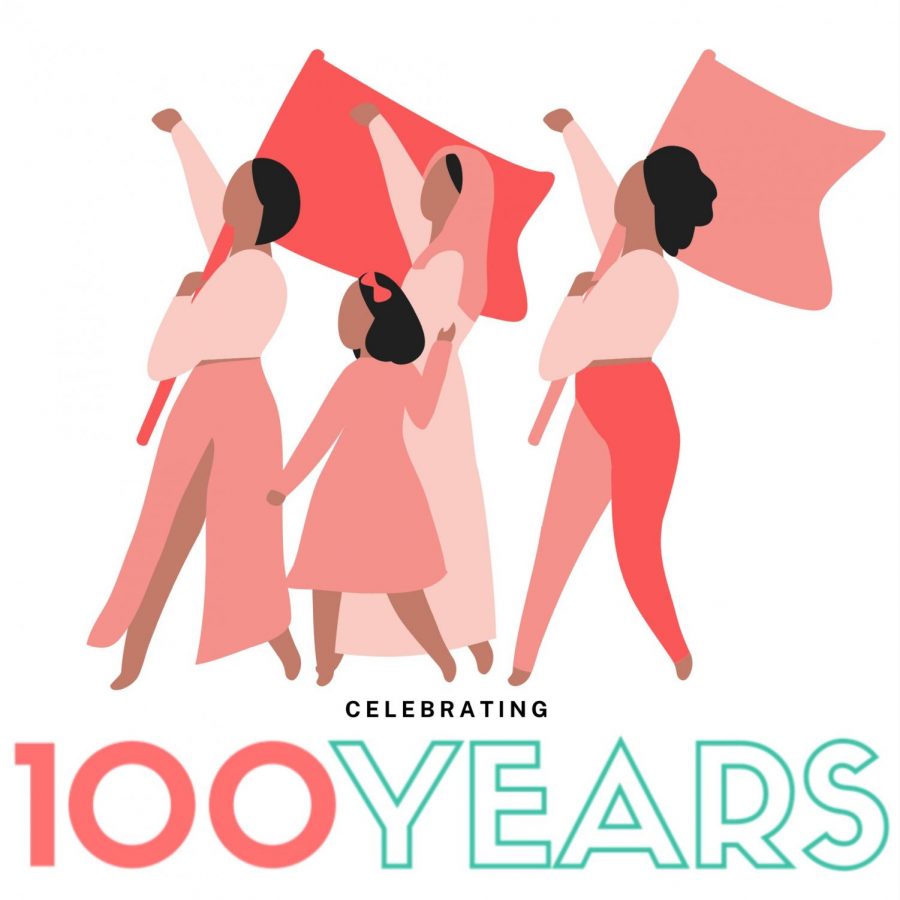The Evolution of Voting Rights in America
July 8, 2020
100 years ago in 1920, women were finally given the right to vote in the United States with the 19th Amendment. Achieving this milestone required a long and difficult struggle. Suffragists began their organized fight for equality in 1848 when they demanded the right to vote during the Seneca Falls Convention, the first women’s rights convention. For decades, women protested and petitioned, and the face of the American electorate was changed forever.
The 19th Amendment was signed 100 years ago, but the fight for voting accessibility and true representation for all Americans continues today.
Even though the United States has never had a female president, ever since 1920 women have been increasingly present in the federal government. In 2018, more women were elected to Congress than ever. In fact, 25 percent of elected officials in Congress are women (Pew Research Center). However, this number is only half of the percentage of women that make up the U.S. population. Despite progress made, women are not adequately represented in government positions.
Additionally, for Black Americans, exercising the right to vote was not easy. White women advocated for their own right to vote but did not always include Black women in the fight. The National Park Service states that “the National American Woman Suffrage Association prevented Black women from attending their conventions. Black women often had to march separately from white women in suffrage parades.” After the Civil War, the women’s rights movement became divided over whether to support any suffrage amendments to the Constitution that granted the right to vote to Black men and not women.
Despite technically being given the right to vote in 1870 for Black men and 1920 for women, Black voters faced a constant threat of intimidation and violence. According to the History Channel, Southern states used barriers such as literacy tests and poll taxes to prevent Black people from voting. True voting rights didn’t exist for Black Americans until the Voting Rights Act of 1965 which banned literacy tests and other methods used to disenfranchise Black voters. This act represents decades of work by Black women to make voting more accessible and equitable.
However, voter suppression continues to exist in America today, and minority groups are disproportionately affected. In 2013, the Supreme Court struck down a key part of the Voting Rights Act which asserts that states with a history of voter discrimination had to seek federal approval before changing their election laws. The History Channel says that since this ruling, many states have “passed new restrictions on voting, including limiting early voting and requiring voters to show photo ID. Supporters argue such measures are designed to prevent voter fraud, while critics say they—like poll taxes and literacy tests before them—disproportionately affect poor, elderly, Black and Latino voters.”
So as we celebrate 100 years of women’s right to vote, it is important to acknowledge that not all women were granted the right to vote after the success of the Seneca Falls Convention. We must use this milestone as a reminder to continue to advocate for all voices. When we continue to fight for women’s rights, systemic racism must be central to the movement. Feminism must be intersectional.








